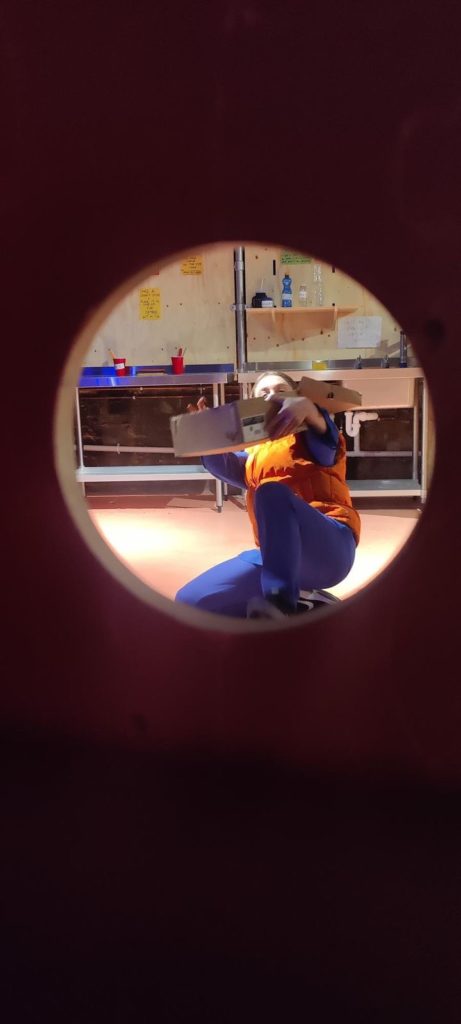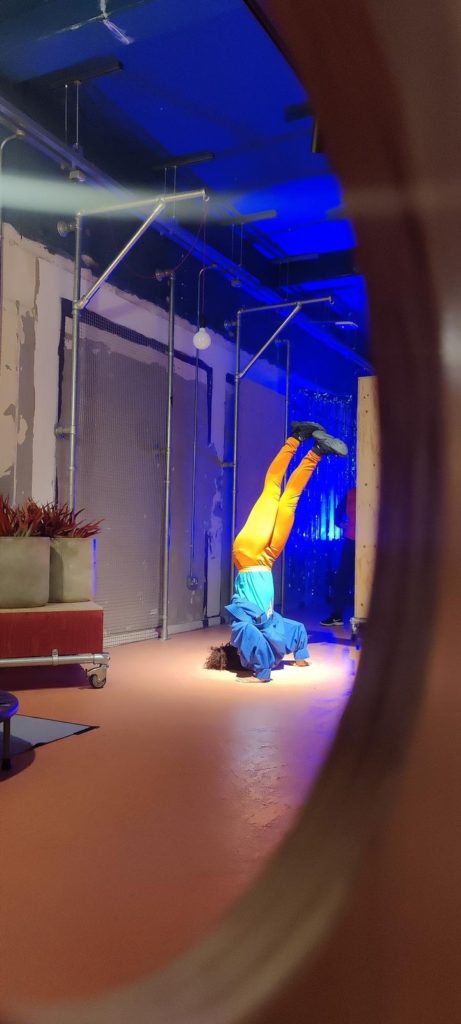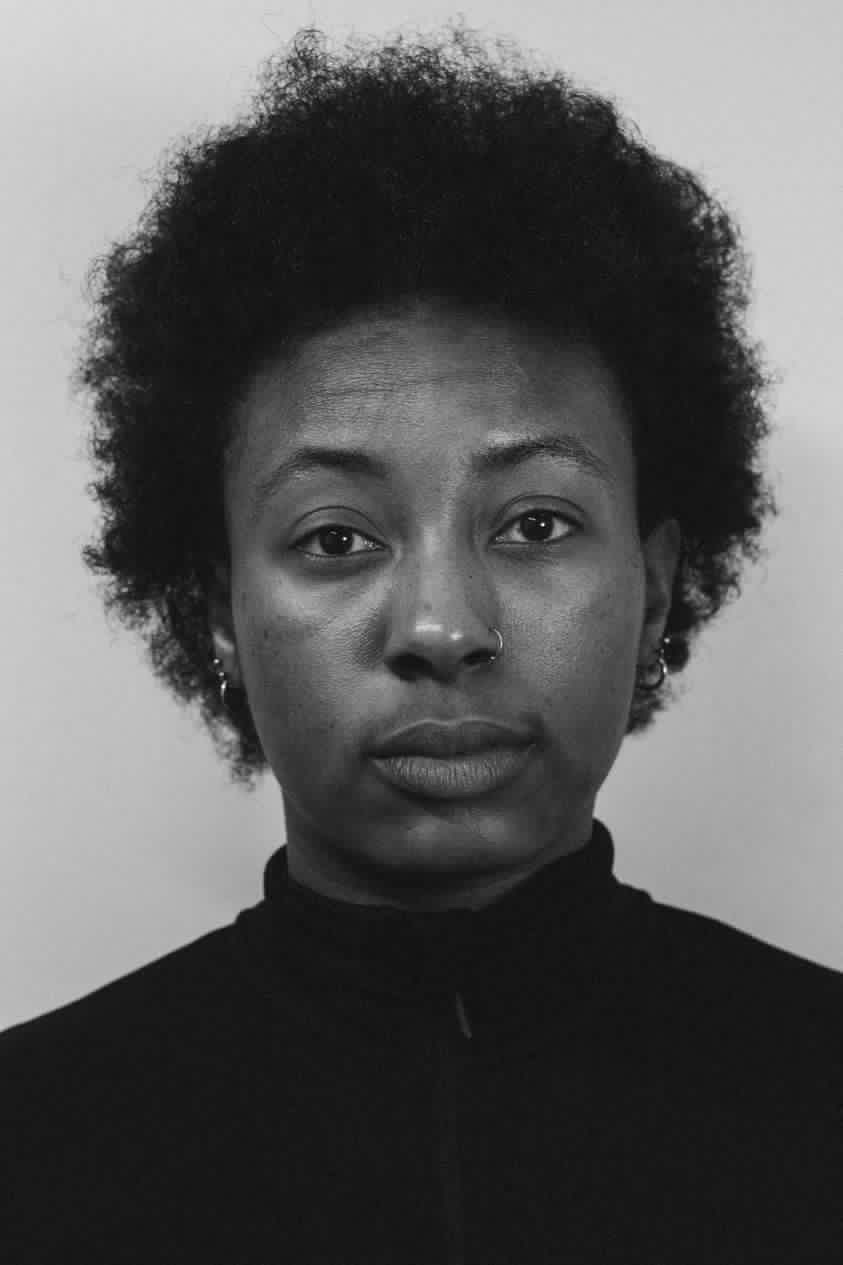Words by Maria Elena Ricci.
Earlier this year Instigate Unknown (IU), a contemporary and hip-hop influenced dance company, led a residency at Spark Lab Ilford, in the north-east side of London. Artistic director Cherilyn Albert grew up in the area and took the opportunity to reinvent an old shop unit to address the lack of arts and create a venue for artistic expression to the neighbourhood.
With workshops, Open Mic Wednesdays, collaborations with local artists and, of course, their most recent site-specific performance Building in Isolation: The Maze, Instigate Unknown provided the Ilford community with a safe space to share, support one another and be entertained. Yet, despite the amount of invaluable work and effort poured into the project already, artistic director Cherilyn feels as if this is only the beginning.
DAJ: Cherilyn, can you tell us about your first encounter with Spark Lab in Illford? What made you want to set Building in Isolation: The Maze there?
Cherilyn: I saw a call-out for a commission to take over a shop in Ilford. I’ve lived here all my life so I thought this could be a good opportunity to pitch. I really wanted to go for it as this area never had anything to do with arts and culture, let alone dance.
In my journey as an artist, I started to feel I was travelling so far to feed other communities but not my own. So, this is the beginning for me of a shift of looking into more local work and making my imprint as someone from Ilford.
DAJ: In addition to performing, you have been offering workshops and giving local artists the space to share their work. How has all of this contributed to building a relationship with the local community?
Cherilyn: I did a call-out for people who felt like they were at the beginning of their career, rather than asking for young people, because I recognise that you can start your art at any time.
In the second week we had a crafts maker, a 70-year-old woman who spent the entire lockdown period teaching herself how to make jewelry, clothes, chairs. It was really nice for her to be able to share her story and start selling her stuff. I love the fact that these collaborations have opened the door for somebody to think about starting a business, even though they’re 70!
Then we had Michael Garvey, a visual artist who is currently experiencing homelessness. A lot of his work is autobiographical, it speaks about his grief losing his parents when he was young, mental health and homelessness. Here he was teaching people how to draw. I found many people in the area to be intimated by the idea of dancing, so having secondary activities for them to also engage in was really nice. We’ve also had a company called Young Black Psych. They focus on children’s mental health and their resources specifically reflect those from a Black, Asian and global majority background.
I like the way that everything isn’t simply revolving around dance… it’s become a social and holistic thing for many people in the community. All of the artists we had in collaboration are from Ilford, so people are truly making connections. We had a woman from the NHS who said she was going to add it to her list of social prescriptions, and someone from an elderly home who asked us to do workshops with them. It’s already started to filter out in the community and make a difference. Yet, I know that in order for this to continue beyond our residency, I must continue solidifying my relationship with the counselors and people in the area.
DAJ: What are the other initiatives which have helped you to bring the community together?
Cherilyn: We have an Open Mic Wednesday! That’s another way in which we’ve been engaging the local community. People have been coming in and have felt so comfortable in the environment that they were sharing things for the first time. I think that’s so important, because we created another “home space”. We had young people and more mature artists come through to the Open Mic.
I believe that age variety is really important. Young people were witnessing people at an older age doing something for the first time, realising they are just embarking on their journey. That’s been something I didn’t think about at the beginning of the project, but now, when I sit back and I reflect about it, I do think I would like to do more things like that in the future.


When asking Cherilyn about the performance itself, she began to give me a tour around the shop unit in which they created what they call ‘The Maze’, showing me the route audience members follow during the shows. We see curtains, notice boards, posters asking “Did you enjoy working from home?”, pictures from local photographers, a bed, a dining room with a set table, a trampoline, a shower, a blue-lit fan room they call “Fan2See”, and a television projecting a documentary about the work. The space is filled with objects which the audience members can touch, read and interact with while witnessing the dancing of the performers. Everything reminds us of the idea of home, and the structure of the big, intricate space, divided through tall wooden walls, gives us the sense that there is so much for us to explore.
The richness of the space and props brought the company to create not one but two shows. Each performance is 20 minutes with a 15-minute interval. They both take the same route around the maze, but they vary slightly. Audiences could come and see both shows and have two different experiences.
DAJ: Cherilyn, what is the idea of home constructed around? How do the dancers help build such a motif throughout the piece?
Cherilyn: We went into lockdown two weeks after auditioning for dancers. We basically created the piece at home whilst in isolation. Everything we had built was from the comfort and discomfort of our own homes. In the first show, there’s a guide with the broom who’s just cleaning, their function is to lead the audience around. But in the second show, the brush sound intensifies into the speakers and it becomes a duet with another dancer. That’s about procrastination, trying to get yourself in the mood to do something. There’s also the idea of trying to stay fit, so there’s a section where dancers are really serious about training on the trampoline. There’s a bedroom where two dancers are making the bed, while in the second show there’s one dancer who is tossing and turning as if she’s having a bad dream.
DAJ: It sounds like you use a variety of objects in your training. Can you tell us more about your creative process?
Cherilyn: Our main method is called “Problematic Props”, we’ve been doing it for the last five years. It’s about using objects in an innovative way to inspire or create movement. In our creative process it is always the props which come first. In this instance, we realised we had so much material from our virtual rehearsals that employed objects we had at home, so the next step was seeing which ones were relevant to a home space and could resonate most with people’s day to day lives.
DAJ: Finally, why did you choose to have two different shows?
Cherilyn: The initial reason was an excess of material. Then, because we had this concept of having people doing a lot and others not doing much just like in a home space, it felt fair to give everyone their moment, so now everyone has a solo. The last reason was that although this show is for the Ilford community, I wanted people to also come here from London, but I didn’t want them to come all the way here for twenty minutes only. Giving the audience two shows felt more sellable as a performance.
